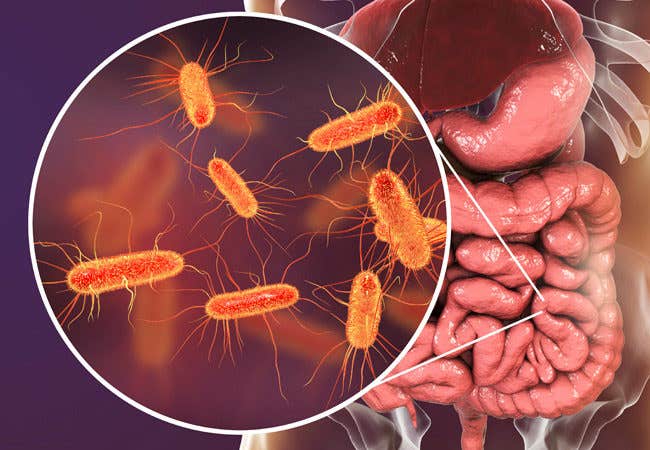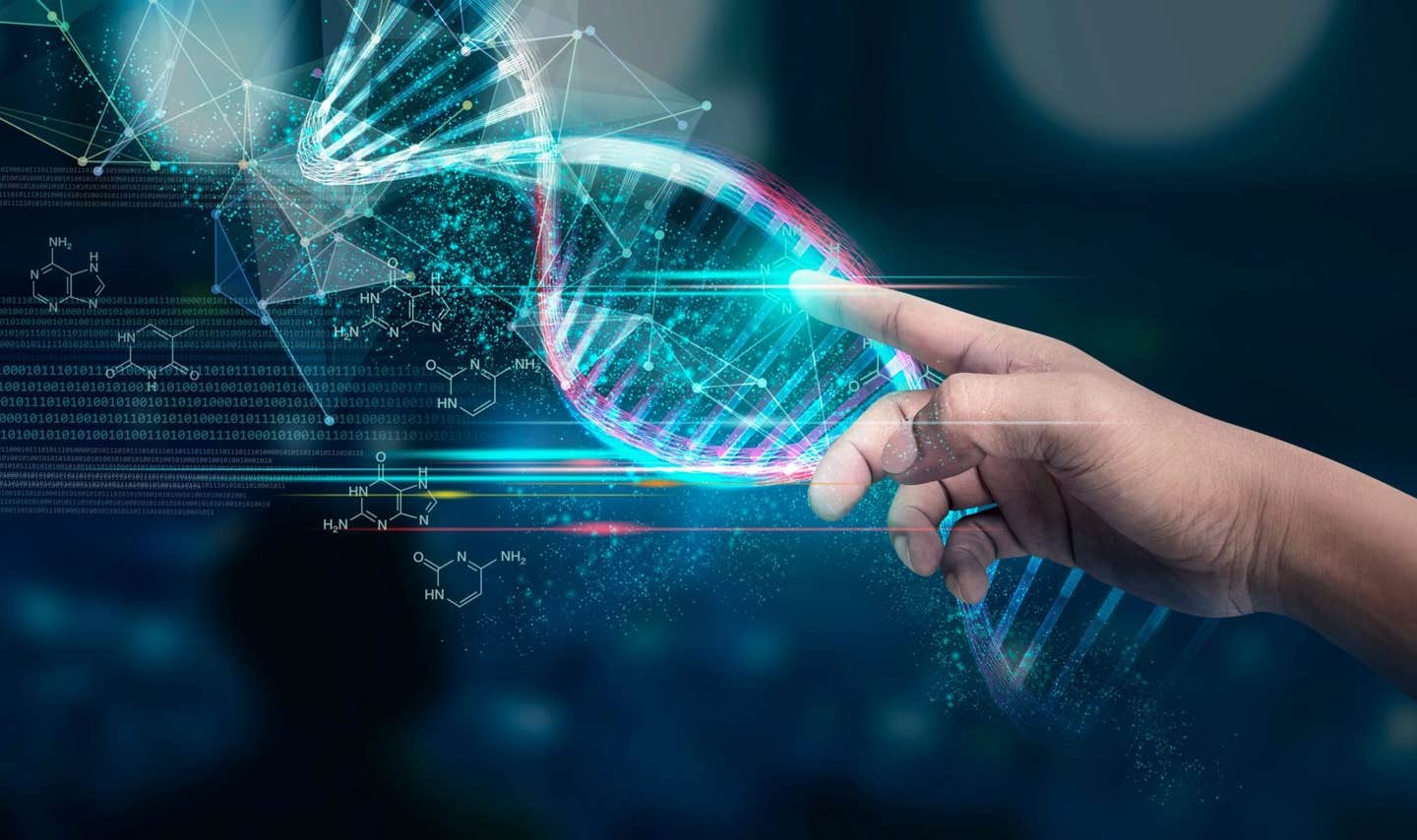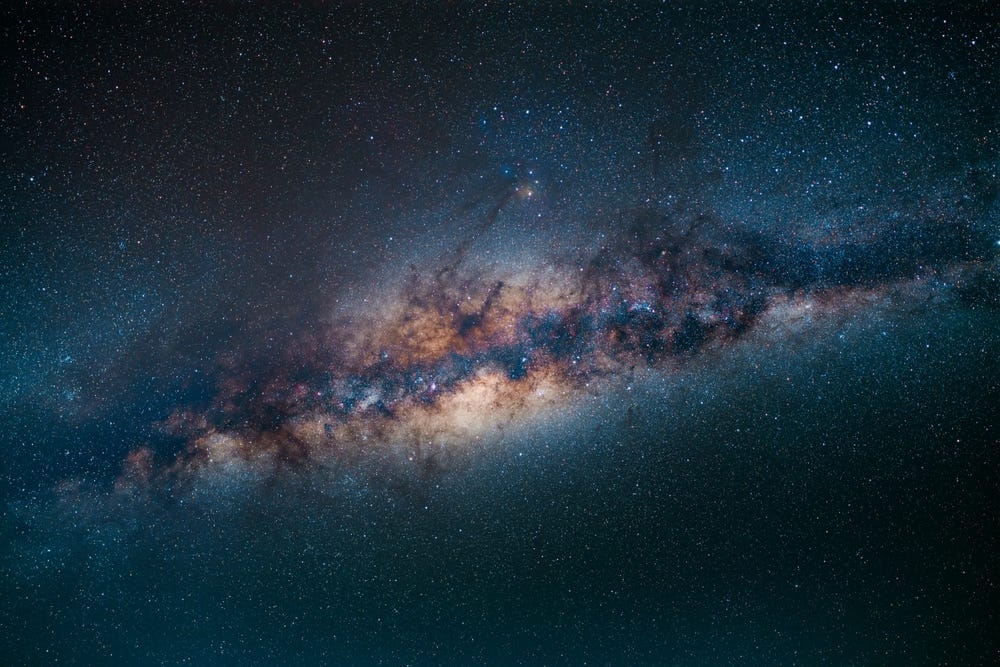Gut microbes may hold the key to reversing cancer and type 2 diabetes
Within the human digestive system, countless bacteria and other microscopic organisms exist that can influence a range of chronic health

[June 6, 2023: Staff Writer, The Brighter Side of News]
Numerous diseases are associated with imbalance or dysfunction in gut microbiome. (CREDIT: Shutterstock)
Within the human digestive system, countless bacteria and other microscopic organisms exist that can influence a range of chronic health conditions, such as obesity, type 2 diabetes, atherosclerosis, cancer, non-alcoholic fatty liver disease, and inflammatory bowel disease.
A variety of illnesses are connected to irregularities or malfunctions in the gut microbiome. In cases where diseases may not directly involve the microbiome, the gut's microflora still offers a crucial entry point for altering numerous physiological processes.
Addressing and potentially resolving these conditions has garnered significant attention, resulting in the creation of live bacterial therapeutics (LBTs). The concept behind LBTs involves designing bacterial hosts, also known as chassis, capable of producing therapeutic agents that can mend or reestablish a healthy microbial function and diversity.
Previous endeavors have primarily centered around employing probiotic bacterial strains from the Bacteroides, Lactobacillus families, or Escherichia coli that have been utilized in laboratories for many years. Nonetheless, these attempts have been mostly unsuccessful, as the engineered bacteria introduced into the gut typically fail to withstand the fundamentally harsh environment.
Related Stories:
The struggle for bacterial strains to engraft or even persist in the gut necessitates their frequent reintroduction, which often results in erratic or negligible effects. This issue is particularly noticeable in people who consume probiotics, as these advantageous bacteria are unable to outcompete the individual's native microorganisms and typically vanish rapidly.
Amir Zarrinpar, MD, PhD, an assistant professor of medicine at UC San Diego School of Medicine and a gastroenterologist at UC San Diego Health, explained that "the limited engraftment capacity greatly restricts the use of LBTs for curing chronic conditions or for examining specific functions within the gut microbiome." He added that while published human trials involving engineered LBTs have confirmed their safety, they have yet to demonstrate disease reversal. This could be attributed to colonization challenges.
In a preliminary study published in the online edition of Cell, Zarrinpar and his team from the University of California San Diego School of Medicine demonstrate how they overcame a significant challenge by utilizing native bacteria in mice as a vehicle to deliver transgenes. These transgenes have the potential to trigger lasting and possibly curative therapeutic alterations in the gut, ultimately reversing disease-related abnormalities.
Graphical abstract. (CREDIT: Intestinal transgene delivery with native E. coli chassis allows persistent physiological changes - Cell)
Through this approach, the researchers discovered that they can offer sustained treatment for a mouse model of type 2 diabetes.
“In theory, native bacteria are already maximally adapted to the luminal environment,” Zarrinpar said. “Thereby bypassing nearly all the barriers to engraftment and making them an ideal chassis for therapeutic delivery.”
An artist’s rendering of the concept of re-engineered native bacteria that serve as chassis to introduce therapeutics into the gut microbiome to treat or cure disease. (CREDIT: Thom Leach, Amoeba Studios)
During the investigation, the researchers demonstrated their ability to modify a host-native E. coli strain by engineering it to produce transgenes that influence its physiological functions, including blood glucose levels. The altered indigenous bacteria were subsequently reintroduced into the mouse's gastrointestinal tract.
Following just one treatment, Zarrinpar reported that the modified native bacteria became integrated into the gut for the entire lifespan of the treated mice, maintained effectiveness, and promoted enhanced blood glucose response for an extended period. Additionally, the scientists showed that comparable bacterial engineering can be accomplished in human native E. coli.
Gut native E. coli are genetically tractable and can serve as a chassis for transgene delivery. (CREDIT: Intestinal transgene delivery with native E. coli chassis allows persistent physiological changes - Cell)
“This work is an exciting step in demonstrating that live bacterial therapeutics can be used for treating or possibly even curing chronic conditions,” said the study’s first author Baylee Russell, now a graduate student at Harvard University.
“In principle, live bacterial therapeutics may be a relatively non-invasive, low risk and cost-effective option for treating a number of diseases. It is worthy of additional exploration. There's still a lot of work that needs to be done, but it will be exciting to see this technology expand in the years ahead.”
Native E. coli can be used to change luminal metabolome without measurable effects in the microbiome. (CREDIT: Intestinal transgene delivery with native E. coli chassis allows persistent physiological changes - Cell)
Zarrinpar stated that the hesitance of certain groups to utilize wild native bacteria instead of familiar laboratory strains stems from the belief that they are challenging to cultivate and alter. However, the authors of the study point out that recent research has shown these bacteria can be modified more reliably using advanced techniques.
“None of the individual steps we used or described are particularly difficult, but in combination, they are novel. Together, they clearly demonstrate that we can accomplish what has yet to be achieved with other synthetic biology approaches,” said Zarrinpar. “That is, functional manipulation of the luminal gut environment to create persistent physiological effects.”
For more science and technology stories check out our New Discoveries section at The Brighter Side of News.
Note: Materials provided above by The Brighter Side of News. Content may be edited for style and length.
Like these kind of feel good stories? Get the Brighter Side of News' newsletter.



